

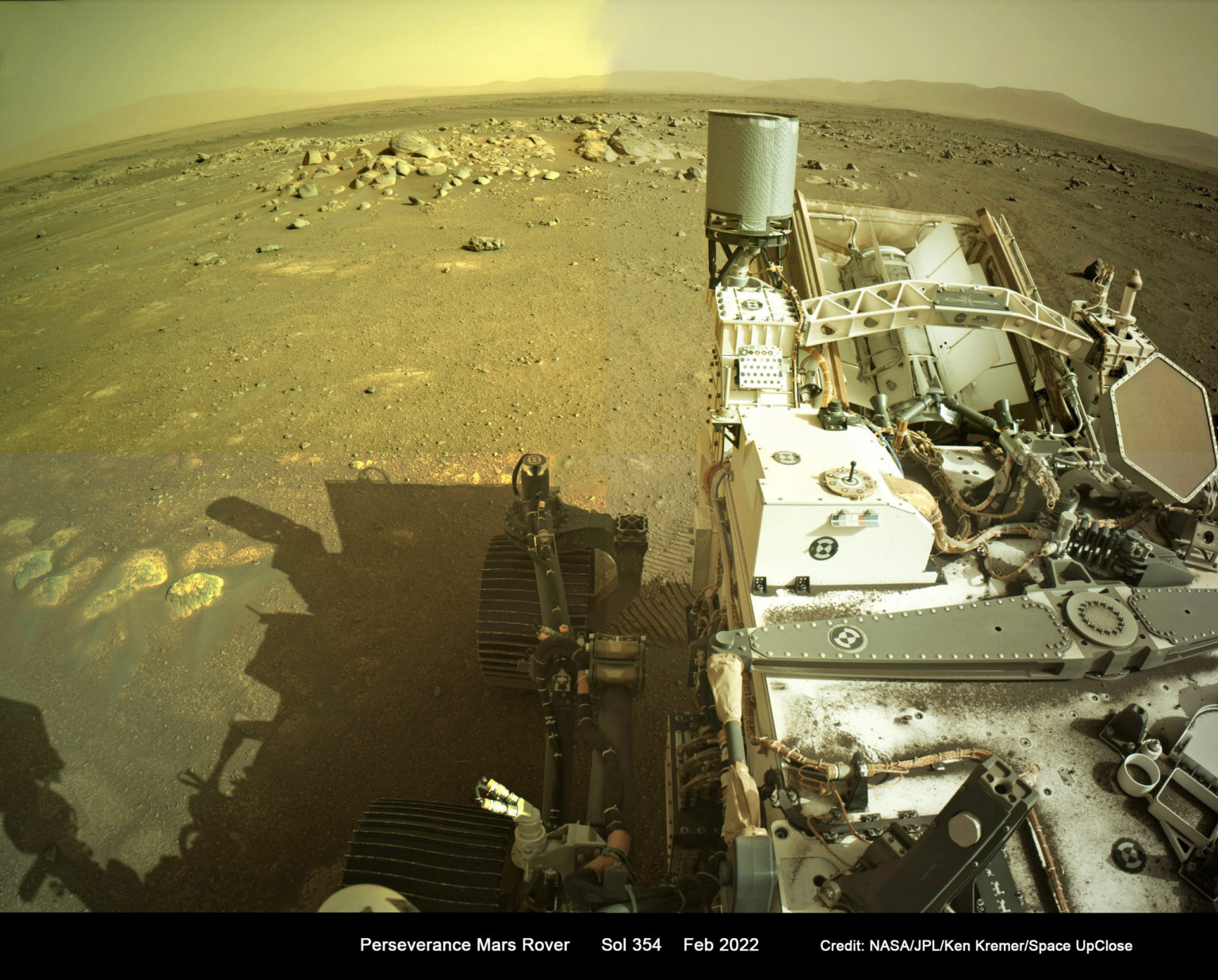
The Mastcam-Z camera onboard NASA's Perseverance rover captured a spectacular view of Phobos, one of Mars's moons, passing in front of the Sun during a partial eclipse on September 30, 2024. This rare event showcased the unique, irregular shape of Phobos, leading scientists to question its origin and potential relationship with Mars. While this is not the rover's first observation of a Phobos transit, it continues to provide valuable insights and images with its advanced technology. Don't miss out on all the latest tech news and updates by following Gadgets 360 on multiple platforms.

The last solar eclipse of the year is set to occur on October 2nd, bringing with it religious significance and astrological implications. According to Ayodhya astrologer Pandit Kalki Ram, there are specific practices and donations one can make after the solar eclipse in order to attain success, happiness and blessings. These include taking a bath, doing puja, and donating certain items to the poor. By following these rituals, one can attain relief from the effects of the solar eclipse and increase happiness and prosperity in life.
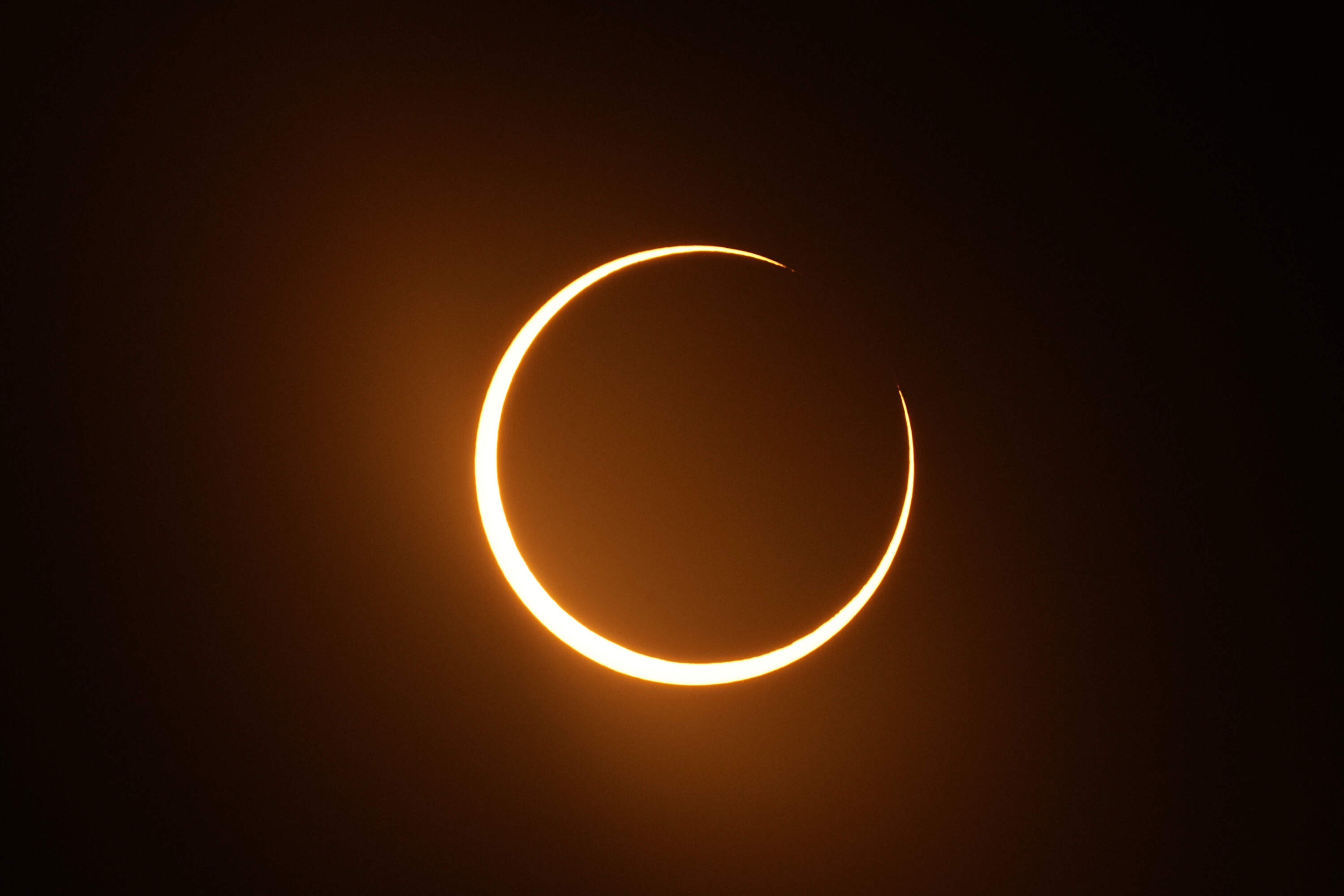
After the recent partial lunar eclipse, astronomy enthusiasts are in for another treat - a rare annular solar eclipse, also known as the "ring of fire" eclipse. This astronomical event will take place on October 2 as India commemorates Mahatma Gandhi's birth anniversary. The eclipse will be visible over southern Chile and Argentina, with the Moon appearing smaller than the Sun and creating a distinctive "ring of fire" effect in the sky.
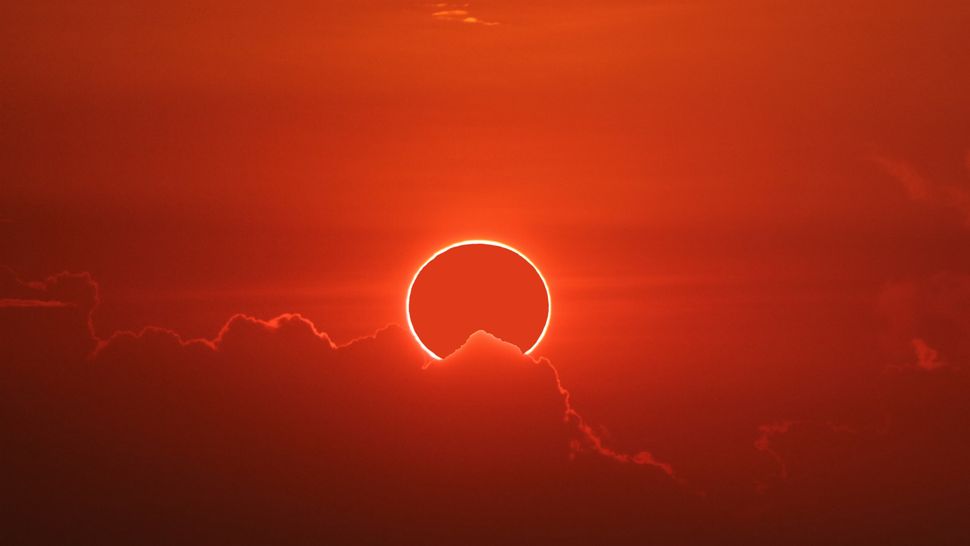
A new celestial event, a "ring of fire" annular solar eclipse, will be visible from South America and parts of Hawaii and the Pacific and Atlantic Oceans on October 2, 2024. This phenomenon occurs when the moon moves between the Earth and the sun, creating a ring-shaped silhouette of sunlight. Skywatchers are advised to use proper eye protection to view the eclipse safely.

Following the recent Total Solar Eclipse, ISRO and ESA are partnering to launch Proba-3 spacecraft, which will use precision formation flying to artificially create solar eclipses in space. This innovative mission will allow for closer study of the Sun's mysterious corona and provide valuable insights into space weather. With cutting-edge technologies and precise coordination, Proba-3 is set to launch via the PSLV from India's Satish Dhawan Space Centre. Once in orbit, the spacecraft will autonomously perform formation flying, enabling six hours of observation per orbit and bridging the observational gap between the low and high corona.
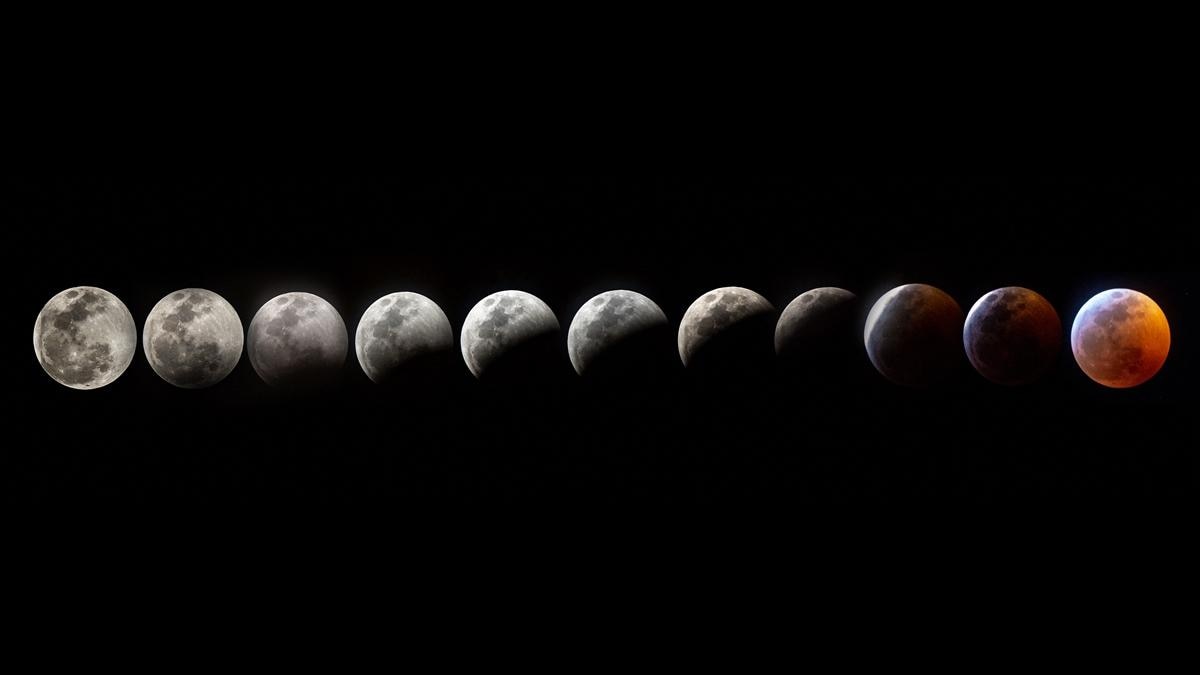
Skywatchers in India can witness the Saturn Lunar Eclipse tonight, a rare phenomenon that appears once every 18 years. The event, also known as Shani Chandra Grahan, will allow viewers to see the Moon pass in front of Saturn as a ring. This eclipse holds both scientific and cultural significance, with Hindu traditions believing it can affect different zodiac signs. Don't miss out on the breathtaking Saturn Lunar Eclipse happening tonight!
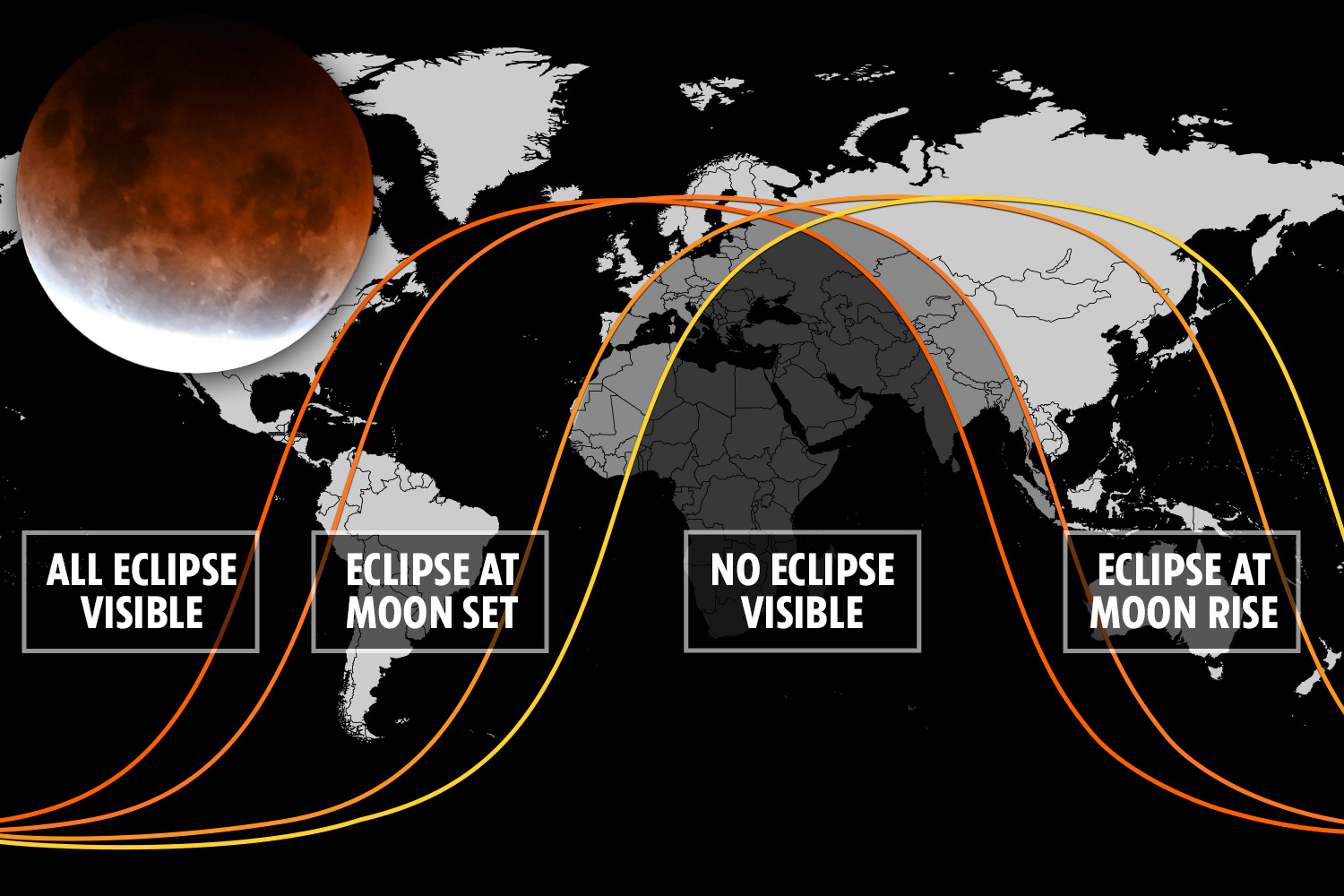
Packaged holiday operators and cruise lines are already taking bookings for a rare cosmic event happening in 2027: a six-and-a-half minute total solar eclipse passing over popular tourist destinations such as the Giza Pyramids and the Rock of Gibraltar. The event is being touted as "the eclipse of the century" and people in Europe, Africa, and the Middle East can also witness a partial eclipse. Clear skies are expected, making it a must-see phenomenon for sky-gazers and astronomers alike.

The National Oceanic and Atmospheric Administration's GOES-16 weather satellite and SpaceX's Starlink satellites captured stunning images of the 2024 total solar eclipse, which was visible in parts of the United States, Canada, and Mexico. These images showcase the moon's shadow as it moved across North America, providing a unique perspective from above. The photos were taken as part of their regular duties, demonstrating the capabilities of these advanced satellites in tracking celestial events in real-time.
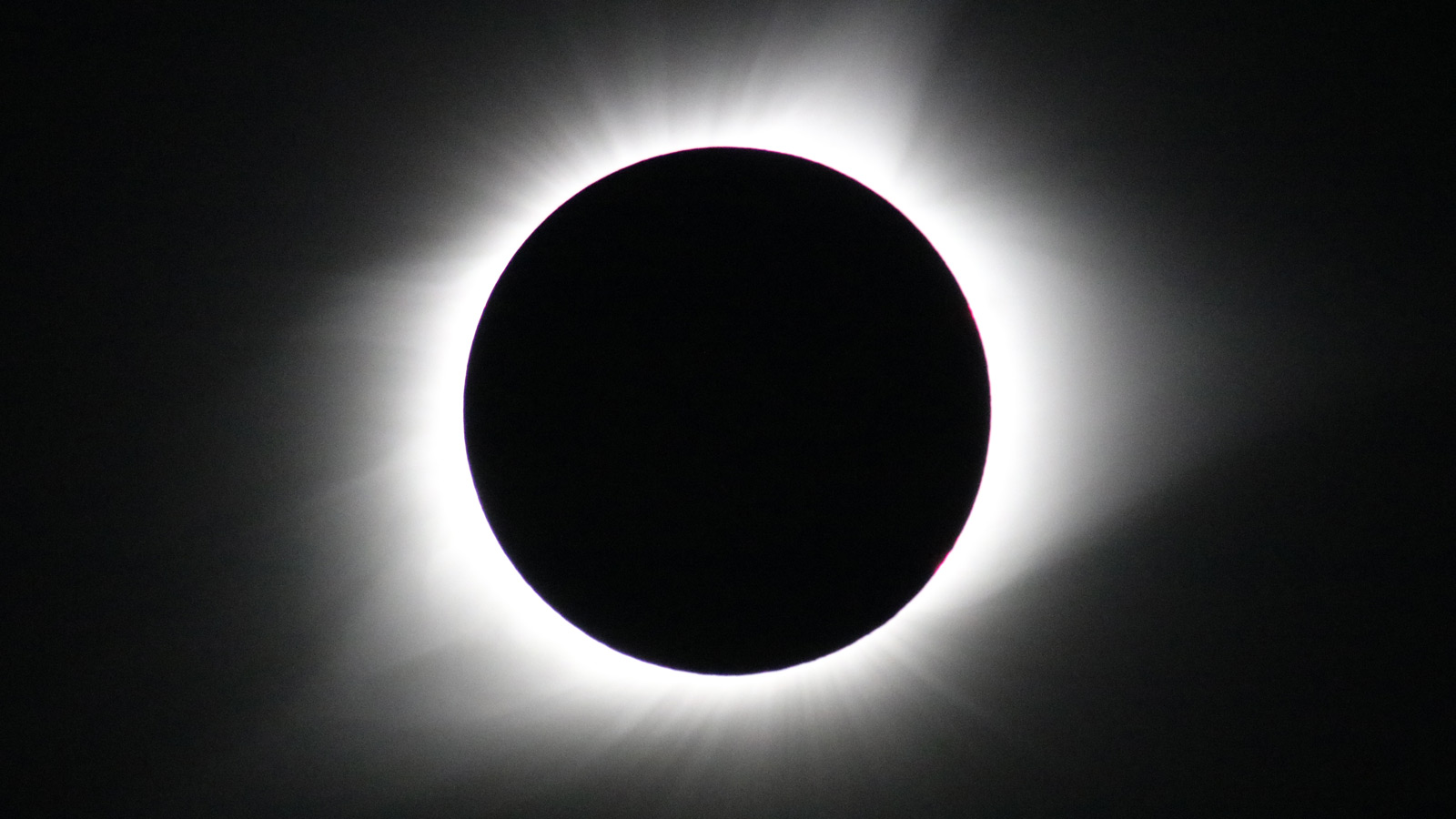
As the total solar eclipse of April 8, 2024 comes to an end, photographers and astronomers have captured breathtaking images and videos of the event. Millions of people from different parts of the world traveled to the path of totality to experience this incredible event. NASA estimated that over 31 million people lived in the totality path in the United States alone. Space.com reader Rajat Kumar Pal's composite image of the total solar eclipse from Stow, Vermont has left viewers amazed and astounded.

Americans across 15 states were treated to a rare and breathtaking sight as a total solar eclipse made its way across the country on Monday afternoon. However, after waiting more than six years since the last one in 2017, viewers will now have to wait even longer for the next opportunity to witness this cosmic event. Astrophysicists and eclipse-watchers describe the experience as "spectacular" and "like a black hole in the sky," but the next total solar eclipses in North America won't happen until 2044 and 2045.